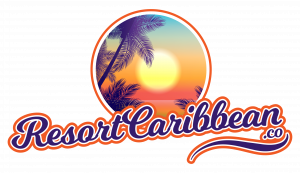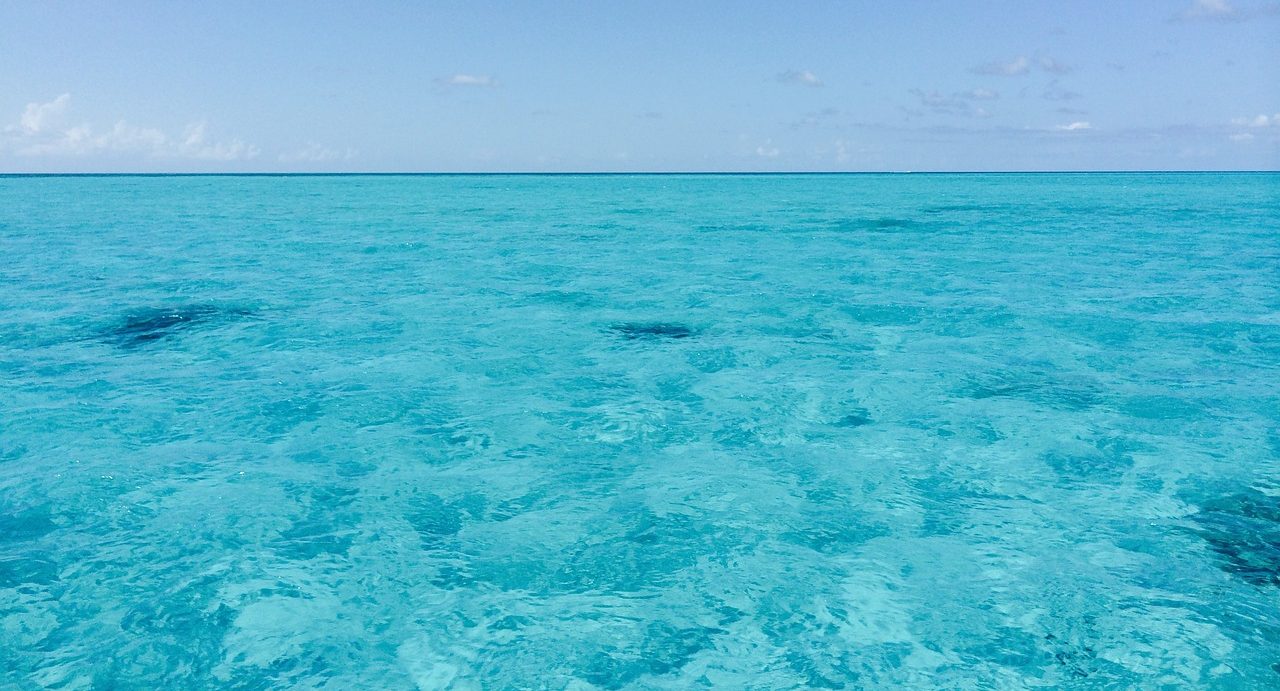The Bahamas, a dreamy paradise, is globally renowned for its strikingly clear and turquoise-blue waters. These crystal-clear waters, contrasting beautifully with the powdery white sands, create a breathtaking spectacle that leaves everyone wonderstruck. But have you ever stopped and asked, “Why is the water in the Bahamas so blue?” This article unveils the fascinating scientific and natural phenomena that account for the enchanting blue waters of the Bahamas.
1. The Science Behind the Blue
Sunlight and Water Interaction
The color of any object is determined by the wavelengths of light it absorbs and reflects. In the case of water, it absorbs colors at the red end of the light spectrum more efficiently, such as red, orange, and yellow. However, it absorbs blue and green wavelengths less efficiently, causing them to be reflected back to our eyes. The reflection of sunlight off the water surface gives it a blue appearance.
The Role of Phytoplankton
Phytoplankton, microscopic organisms abundant in ocean waters, can influence the color of the water. They contain chlorophyll to carry out photosynthesis, which absorbs colors at the red and blue end of the spectrum but reflects green. However, the Bahamas waters have a relatively low concentration of phytoplankton, making the green color less dominant and allowing the blue to shine through.
Effect of Water Depth
The depth of the water plays a significant role in the color reflection. Shallow waters, like those around the Bahamas islands, allow more sunlight to reach the sea floor. This light is then reflected back up, enhancing the blue appearance of the water. In contrast, deeper waters absorb more light, diminishing reflection and creating a darker hue.
Sediment and Nutrient Levels
The clarity of the water is also influenced by the levels of sediment and nutrients. Murky waters often have higher levels of silt, sediment, or floating algae, which can absorb light and alter the color. The waters around the Bahamas are notably low in these elements, contributing to their transparency and vivid color.
2. The Uniqueness of Bahamas Blue
The Bahamas boasts over 700 islands, cays, and islets, each surrounded by a mesmerizing shade of blue. But, what makes the blue waters of the Bahamas unique? The answer lies in a combination of geographical, geological, and ecological factors that come together to create the perfect recipe for the Bahamas blue.
The Bahama Banks
One of the key geographical features contributing to the Bahamas’ blue waters is the Bahama Banks. These are extensive, shallow carbonate platforms that surround the islands. Their white carbonate sand and coral reefs reflect sunlight, enhancing the blue hue of the water.
Absence of River Sediment
Unlike many coastlines worldwide, the Bahamas lacks large rivers bringing sediment into the ocean. This lack of riverine input helps keep the waters clear and free of turbidity, allowing for the pure blue color to shine.
Coral Reefs and Marine Life
The Bahamas is home to the third-largest barrier reef on the planet. These vibrant coral reefs not only support a diverse range of marine life but also contribute to the clarity and color of the water. Coral reefs act as a natural barrier, preventing deep, sediment-rich water from reaching the surface and maintaining the clarity and light reflectivity of the water.
3. The Spectrum of Bahamian Blues
Traveling across the Bahamas, you’ll encounter a fascinating spectrum of blue, from pale turquoise to deep sapphire. This variation is due to several factors, including water depth, bottom type, and the angle and intensity of sunlight.
Shallow Waters and White Sands
In shallow areas, especially over white sandy bottoms, the water appears a light turquoise color. This is due to the sunlight reflecting off the white sea bottom and back through the clear water.
Deep Waters and Coral Reefs
In contrast, in areas where the water is deeper or where there are underwater formations like coral reefs or seagrass beds, the water can appear a darker blue. This is because less light is reflected back to the surface in deeper water, and different seabed types can absorb or reflect different amounts of light.
The Magic of Sunlight
The angle and intensity of sunlight also play a part in the color variation. When the sun is directly overhead, the water can appear a brilliant turquoise. At sunrise or sunset, when the sun is low on the horizon, the water can take on a deeper blue or even golden hue.
4. Experiencing the Bahamas Blue
Experiencing the enchanting blue waters of the Bahamas is a must for any traveler. Whether you’re snorkeling in the vibrant coral reefs, cruising on a yacht, or simply soaking up the sun on one of the stunning beaches, the Bahamas blue is sure to captivate you.
Snorkeling and Diving
One of the best ways to experience the Bahamas’ blue waters is by snorkeling or diving in its vibrant coral reefs. With visibility often exceeding 100 feet, you’ll be able to witness a stunning underwater world teeming with colorful marine life.
Boating and Sailing
Boating and sailing are also popular activities in the Bahamas. Whether you’re exploring the islands on a luxury yacht, a sailboat, or a rented powerboat, the sparkling blue waters around you will make the journey unforgettable.
Relaxing on the Beach
Of course, you can also enjoy the Bahamas blue from the comfort of a beach. With numerous pristine beaches boasting soft white sand and clear blue waters, the Bahamas provides the perfect setting for a relaxing beach day.
Conclusion
The answer to the question, “Why is the water in the Bahamas so blue?” is a fascinating blend of science, geography, and ecology. From the reflection of sunlight off the water and sea floor to the Bahamas’ unique geographical features, multiple factors come together to create the enchanting blue waters that the Bahamas is famous for.
Whether you’re planning a vacation or just curious about this natural phenomenon, understanding why the water is so blue in the Bahamas adds another layer of appreciation for this stunning Caribbean paradise.
—
Be sure to tag us in your photos and videos @resortcaribbean, and follow our socials: Instagram, Facebook, YouTube.






![What You Need to Know before Visiting Azul Beach Resort Negril Jamaica Gourmet All-Inclusive [Resort Review] Azul Beach Resort Pool](https://resortcaribbean.co/wp-content/uploads/2021/09/20210828_091210-2-100x70.jpg)
![Visiting Ocean Coral Spring – One of Jamaica’s Most Famous Resorts [Resort Review] Visiting Ocean Coral Spring - One of Jamaica's Most Famous Resorts](https://resortcaribbean.co/wp-content/uploads/2021/11/20211106_155809-100x70.jpg)
![What is it like Visiting Iberostar Rose Hall Beach, Iberostar Grand Rose Hall, Iberostar Selection Rose Hall Suites? [Resort Review] What is it like visiting Iberostar Rose Hall Beach, Iberostar Grand Rose Hall, Iberostar Selection Rose Hall Suites?](https://resortcaribbean.co/wp-content/uploads/2023/03/20151129_122732-100x70.jpg)
[…] Why is the Water in The Bahamas So Blue? […]